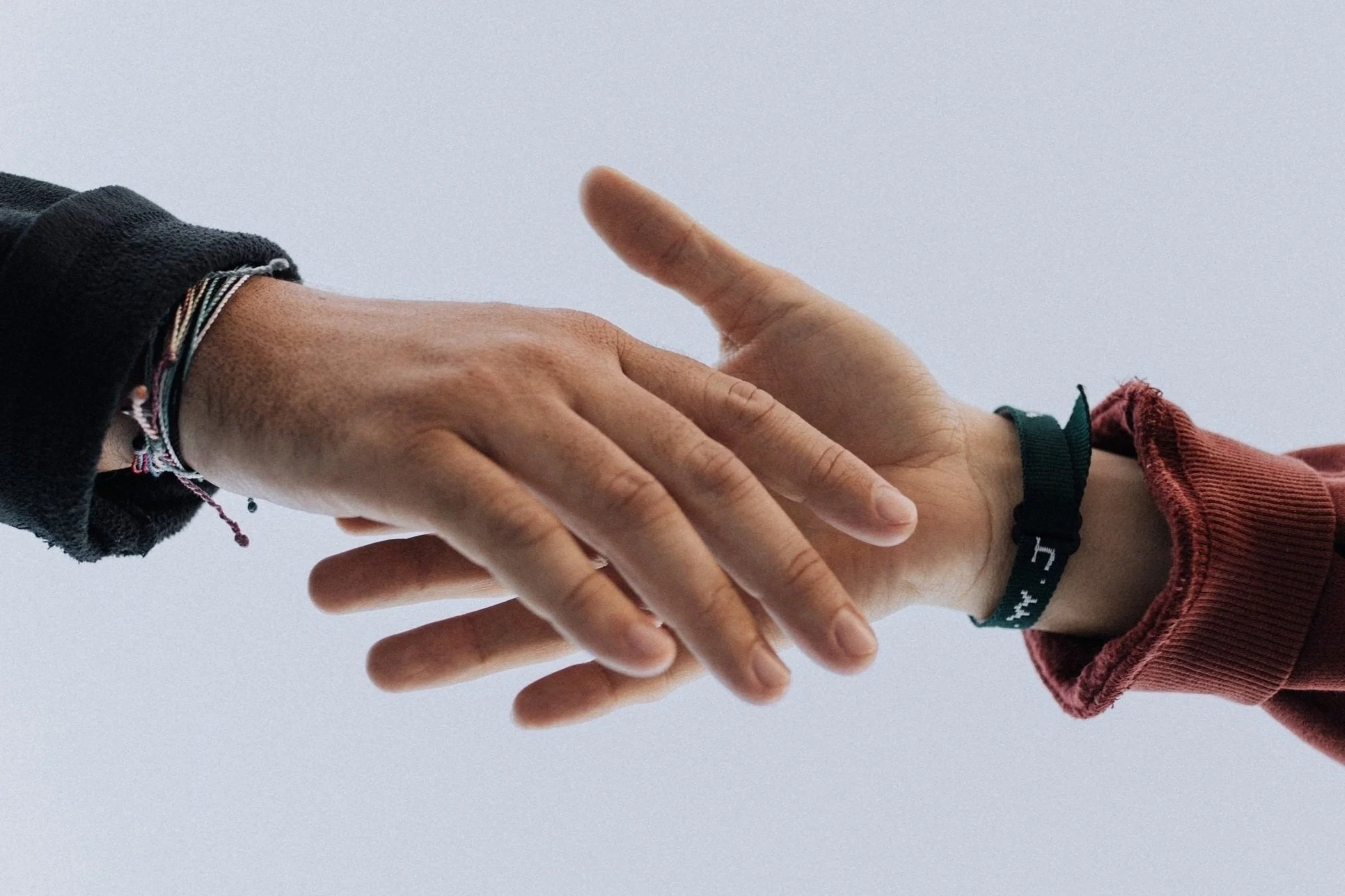Helping to build an inclusive workplace
Creating an organic mental health and well-being forum and building a community where you might not expect to find it.
mARCH, 2022
4 minute read
In late 2019, I created #takegoodcare, a Slack channel my workplace where colleagues could share helpful mental health and well-being resources which often are shared 1:1. For those new to the term, employee resource groups (ERGs) are voluntary communities within companies that help foster inclusion in the workplace by providing resources, educational opportunities, and forums for advocacy and support. In this post, I’m going to tell you about how I went about building one. This is not a playbook, just a story about what we built. Maybe it will be a prompt for you, maybe it will give you insight into participating with ERGs where you work. Or maybe it will help you create a community for colleagues across companies.
why did I create this space?
Full disclosure: I created it because I wanted to know what types of content people gravitated towards to help inform requests our content team was getting on the subject of well-being. And it seemed helpful.
Quickly, the channel took root with regular posts with 20% of our employee base following. Yes, we had some regular posters and of course, sometimes I had to prompt conversation, but in my three+ years at the company, some of the most meaningful feedback I had from colleagues was when they commented about how the channel was helping provide relief. Or when I received a direct message about how it was helping. Or when someone would mention, “I’m quiet on there, but I’m following and it’s really helpful.”
I am no expert. I think often, those who are interested in psychology, supports and those of us who are getting help, well we like to share what we learn. Often this channel became just reminders to others that experiences were valid and that means so much.
Creating this shortly before the pandemic forced our close-knit offices to move to remote work, it was good timing. This meant we had a support in place before we knew how important it would become.
Beginning with prompts and disclaimers:
To launch the channel, we began with a prompt and disclaimer. Here is the prompt on what content we might share:
- training
- services
- cool articles
- tips
- tricks
- upcoming talks
- meet-ups
- local support groups
- helpful apps
- podcasts
- youtube videos
- shockingly profound memes……there’s something that has been helpful to you in your mental health and well-being journey. Here’s a place to share those!—
And here are the two disclaimers I shared to help the channel think with empathy and to remember that this channel was not a substitute for distress resources:
1) Let’s share stuff in a non-prescriptive way. When it comes to mental health, we all have our own unique stories and situations, sometimes prescriptive help (“you should try ____” “why don’t you just ____” etc.) can make a person feel guilty, frustrated, isolated... So let’s share things that are working well for ourselves, folks can use them at their discretion.
2) This is a resource sharing channel, if you’re in need of assistance or professional help, there are resources through our benefits, you can contact the people team, or there are resources like local distress centres.
Now I don’t share these as best practices, but just what I began with.
A few thoughts I want to share for those interested in doing the same:
We had success supporting our People team’s releases on mental health supports and programs. While it was an organic, employee-created space, when we shared these updates it was authentic and in the tone of the channel. It was an effective way to support company initiatives in a way that would land a bit more with the target audience. I think it’s a great way to build a relationship between a company and an ERG while maintaining an organic, non-corporate space.
We didn’t experience this, but as you can imagine, it could become an emotional dumping ground, with overwhelmed folks oversharing or seeking help. The best thing is to establish a considerate and compassionate tone in monitoring the channel. Remind folks regularly of your prompts and disclaimers. Engage people to create lists of digital and phone supports for those in a crisis and point to them or pin them. And if someone is struggling, you’re going to need a policy to follow on how to guide them to the appropriate resource. Sometimes we need to vent, sometimes we need help and it’s important to know when you’re creating or participating in a community when to point someone to professional resources.
Engage a few folks to help with posting so that it doesn’t become a one-person show.
To sum up:
ERGs are fantastic ways to support colleagues and to signal to company leadership what is needed. Issues of privacy, policy and tone are going to shift from team to team, culture to culture. None of what I listed above is a guide on how to do it, it’s just my story. I hope it might have been useful.
MORE GUIDES
5 Things Every Content Brief Should Include
BUILD A BETTER CONTENT BRIEF
4 min read

